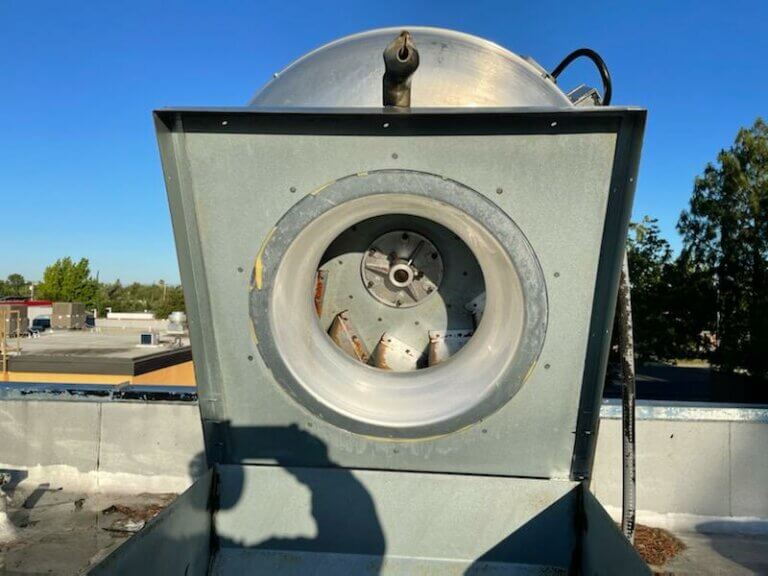Enhancing Kitchen Design for Efficient Hood Cleaning Solutions
Efficiency in Kitchen Design: The Key to Simplified Hood Cleaning
When it comes to running a successful commercial kitchen, efficiency is the name of the game. From minimizing prep time to streamlining the cleaning process, every little advantage counts. One often-overlooked aspect that can significantly impact efficiency is kitchen design. In particular, strategic design can make hood cleaning considerably easier, reducing downtime and boosting productivity.
The Importance of a Well-Designed Kitchen Layout
Kitchen layout is more than just about aesthetics and workflow; it’s about ensuring every component functions seamlessly within the space. For restaurant hood cleaning, this means considering how the hood interacts with other kitchen elements. An optimal design ensures the hood is both easily accessible for cleaning and effectively positioned to capture grease, smoke, and odors.
Key Design Elements for Seamless Hood Maintenance
- Placement of Kitchen Equipment: Ideally, your kitchen appliances should be arranged to minimize grease buildup on the exhaust hood. Place fryers, grills, and stovetops directly beneath the hood to maximize capture efficiency. Equipment that produces less smoke or steam can be positioned further away.
- Ventilation: Proper ventilation is crucial in a commercial kitchen. Not only does it maintain air quality, but it also ensures the hood operates efficiently. The exhaust system should be designed to have straight, short duct runs to reduce the accumulation of grease and make cleaning easier.
- Accessibility: A kitchen design that allows easy access to the hood and its components will save time during cleaning. Ensure there is enough clearance around and beneath the hood to facilitate quick and thorough cleaning processes.
- Material Choice: The materials used in constructing kitchen walls and backsplashes surrounding the hood should be easy to clean and resist grease buildup. Stainless steel is a popular choice for its durability and ease of maintenance.
Design Tips for Easy Hood Cleaning in Los Angeles Kitchens
Whether you’re operating in the bustling streets of Los Angeles, the chic eateries of Santa Monica, or the vibrant food scene in Orange County, tailored design solutions can make hood and exhaust system cleaning a breeze. Here are some specific tips:
- Customizable Hood Systems: Invest in a hood system that can be tailored to fit your specific kitchen layout. This helps optimize extraction efficiency and eases cleaning sessions.
- Regular Maintenance Schedule: While not a design element per se, incorporating a robust cleaning schedule into your kitchen operations helps maintain the effectiveness of the hood and extends its lifespan.
- Local Regulations Compliance: Be mindful of local health and safety regulations in areas like Los Angeles and Orange County, which may dictate specific design features or cleaning frequencies to ensure compliance.
Embracing Innovation in Hood Design
The evolution of kitchen technology offers new avenues for improving commercial kitchen hood cleaning efficiency. Modern hoods equipped with advanced features not only enhance performance but also simplify cleaning processes. For example, some systems incorporate automatic cleaning technologies that utilize programmed sprays or rotating heads to remove grease buildup.
Another innovation is sensor technology, which can predict the optimal times for cleaning based on usage patterns, thereby ensuring consistent maintenance without manual oversight. By investing in these technologies, restaurants can decrease their reliance on manpower for routine cleaning and redirect their staffing resources towards service excellence.
Future-Proofing Your Kitchen with Design
The culinary scene is a dynamic entity, continually shifting to accommodate new trends and tastes. As restaurant operators plan for the future, the ability to adapt their kitchens becomes increasingly vital. Flexible kitchen designs not only improve exhaust hood cleaning efficiency but also allow businesses to pivot swiftly in response to changes in menu offerings or cooking styles.
Consider a modular design approach, where components can be rearranged or upgraded without major renovations. This adaptability ensures you keep pace with evolving industry standards while maintaining high levels of operational efficiency.
Conclusion: Maximizing Efficiency with Design
Ultimately, the key to an efficient commercial kitchen lies in thoughtful design choices that facilitate all facets of operation, from food prep to cleaning. Remember, a well-designed kitchen not only enhances functionality but also significantly reduces the time and effort required for maintenance. By investing in smart design, you ensure your kitchen remains a beacon of efficiency, ready to serve up the best culinary delights of Los Angeles and beyond.
To ensure your hood and exhaust systems are always in top shape, consider partnering with professional cleaning services like Los Angeles for regular maintenance and cleaning needs.







